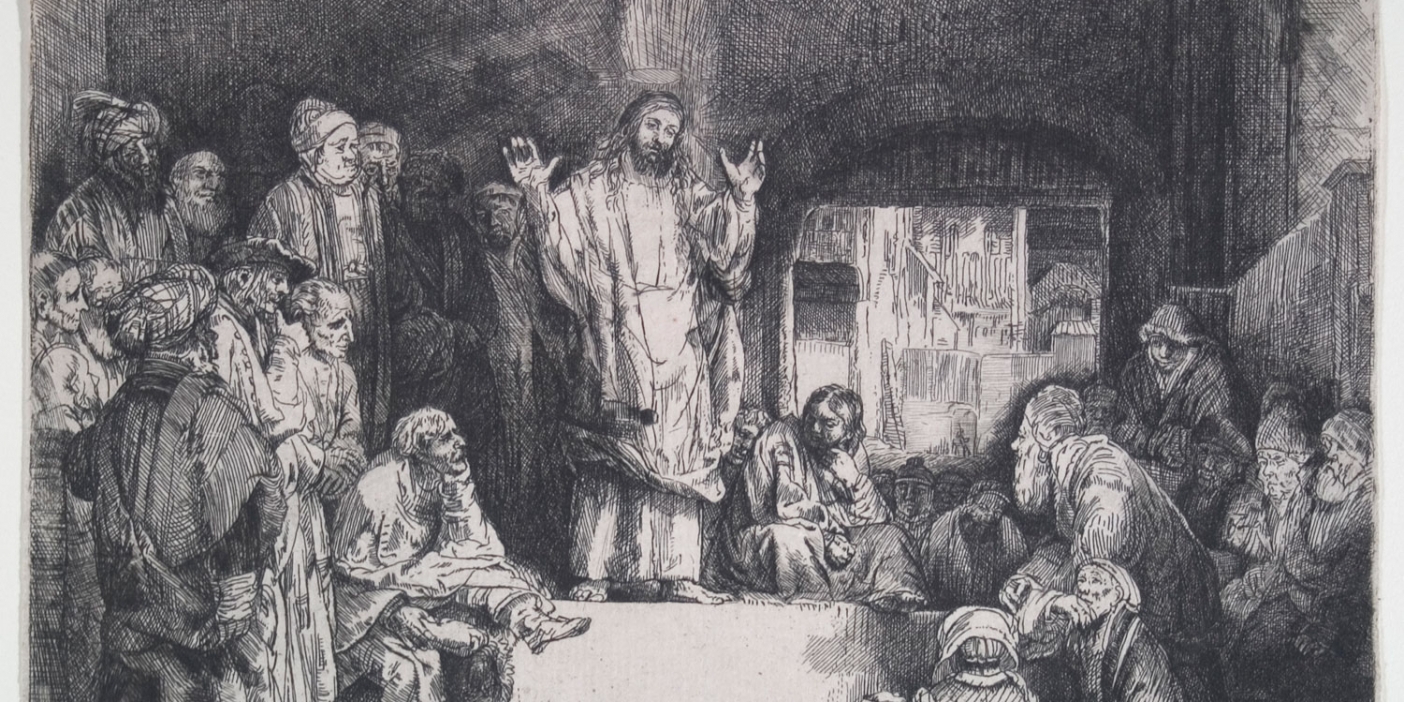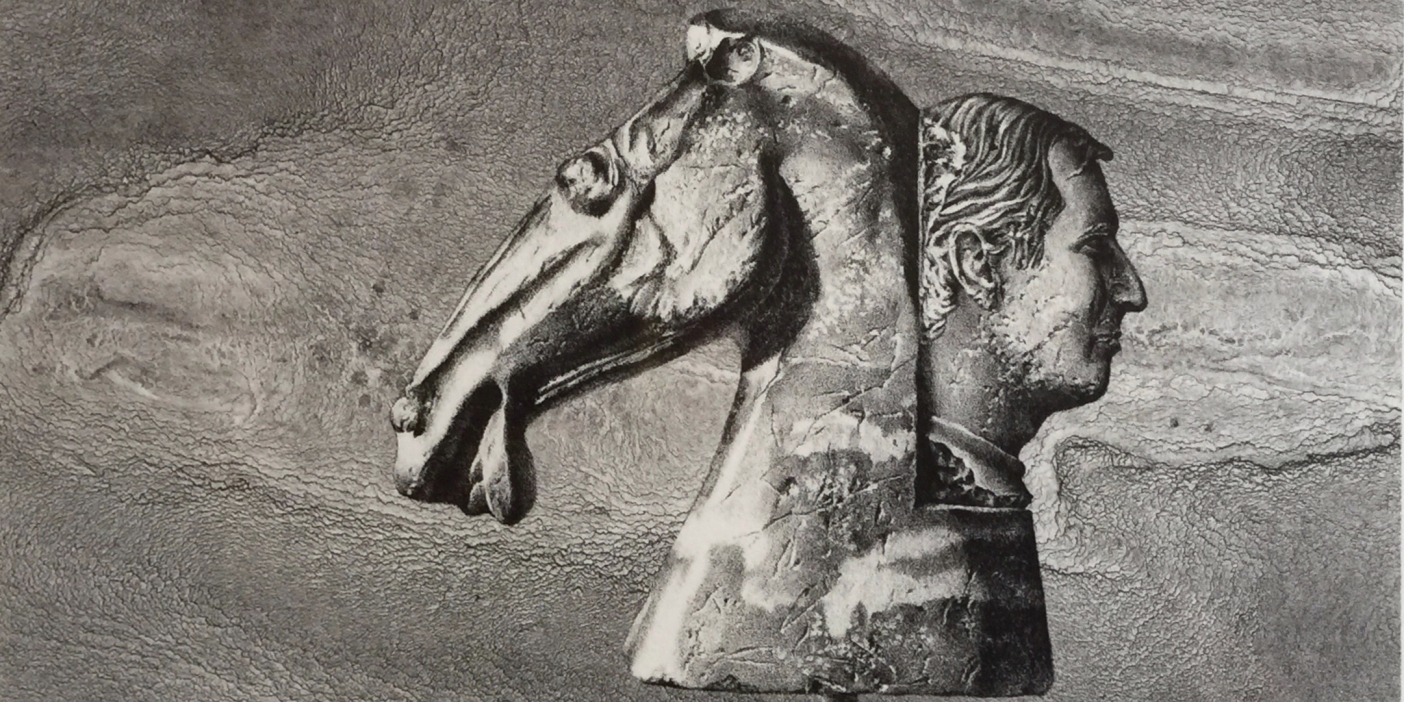Think 2016 Grammys, and people like Taylor Swift and Bruno Mars probably come to mind. Harvey Fletcher (BS 1907), a former BYU professor and physics department head, probably doesn’t.
Still, on April 23, Fletcher received a posthumous Technical Grammy Award, joining the ranks of other scientific and sound gurus, like Thomas Edison and Les Paul, recognized for their contributions to the recording industry. Fletcher’s contribution? Stereophonic sound.
In the late 1920s, as Hollywood transitioned from silent films to talking pictures, synchronized sound was in its earliest stages, coming from a single loudspeaker in a room. Fletcher, who worked at Bell Telephone Laboratories at the time, was determined to prove that sound could be reproduced in the third dimension. Teaming up with Leopold Stokowski, conductor of the Philadelphia Orchestra, Fletcher used a number of microphones, transmitting lines, loudspeakers, and cable circuits to bring a program from Philadelphia to an audience in Washington, D.C.
“So realistic was the effect that to the audience the act seemed to be taking place on the stage before them,” Fletcher recounts in his autobiography.
Following a later demonstration, The New York Times reported that the audience was “mystified” and “often terrified” during the presentation, as they were unaccustomed to hearing sound come through three different channels.
The stereophonic technique Fletcher developed has had a lasting impact on sound quality in movies, TVs, and on phones. Additionally, Fletcher, who was lauded by President Ernest L. Wilkinson (BA ’21) as being “one of the greatest scientists” of his time, developed the artificial larynx, the electronic hearing aid, and the 2-A audiometer, a device still used in hearing tests today.
But the father of seven, who loved fishing, apple pie, and his scriptures, didn’t place much stock in his achievements. “I have never regarded my work in stereophonic sound as very significant,” he said. “But I’m glad a few people enjoy it.”












